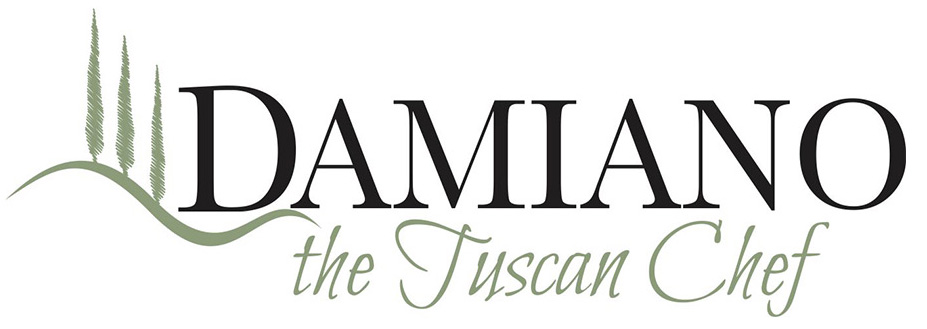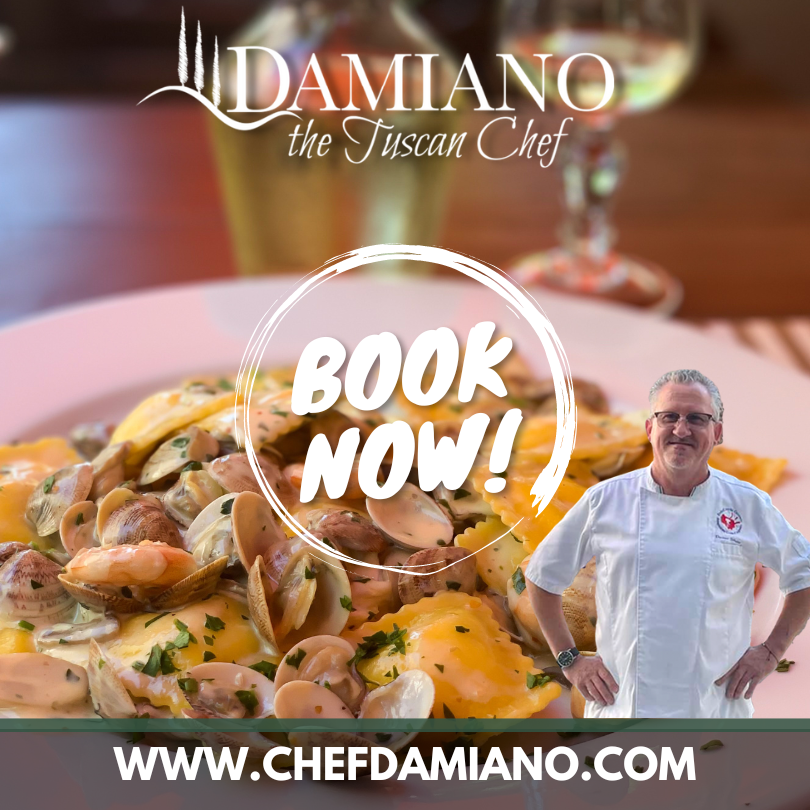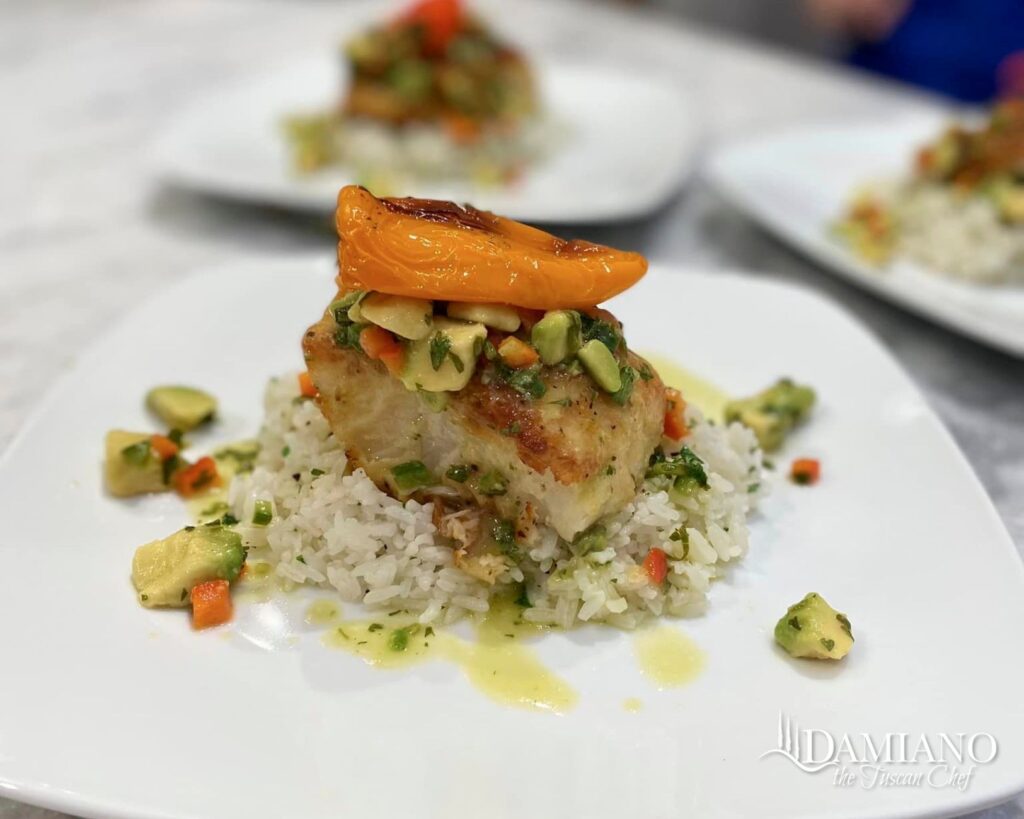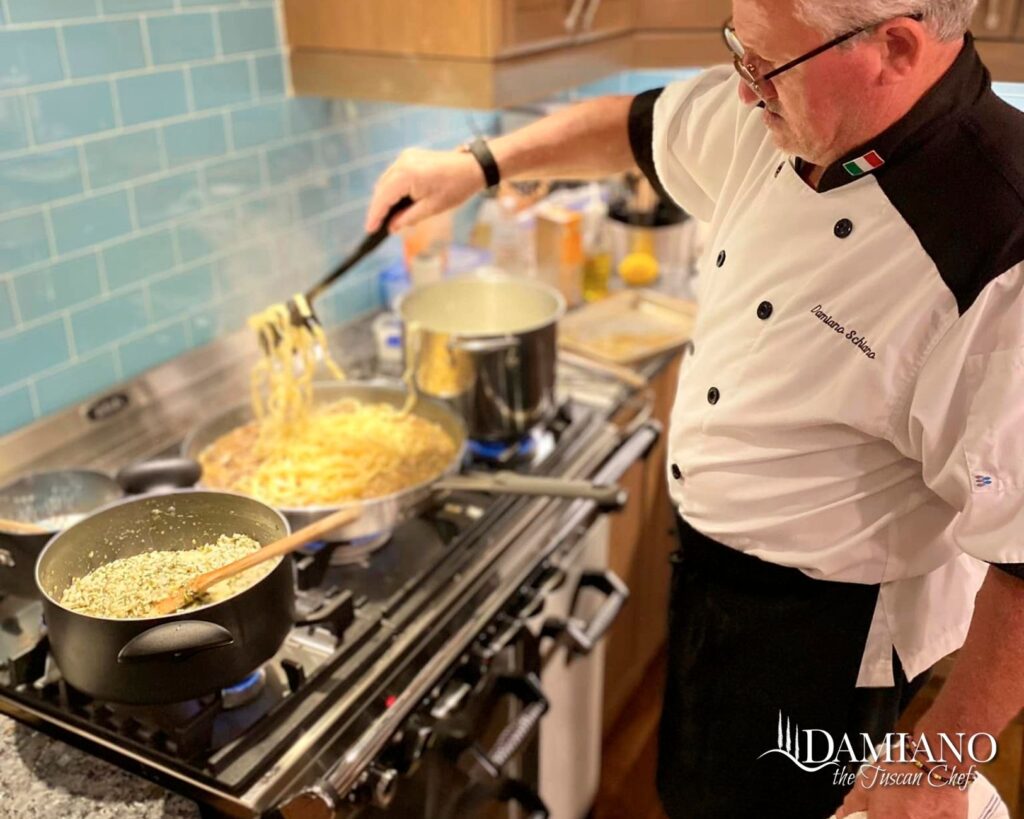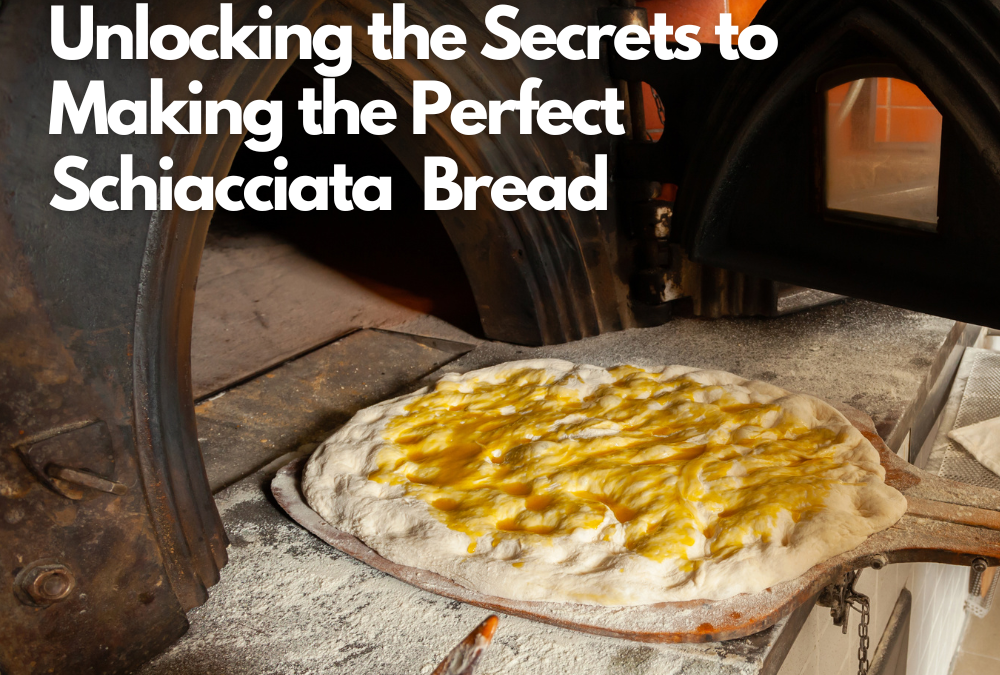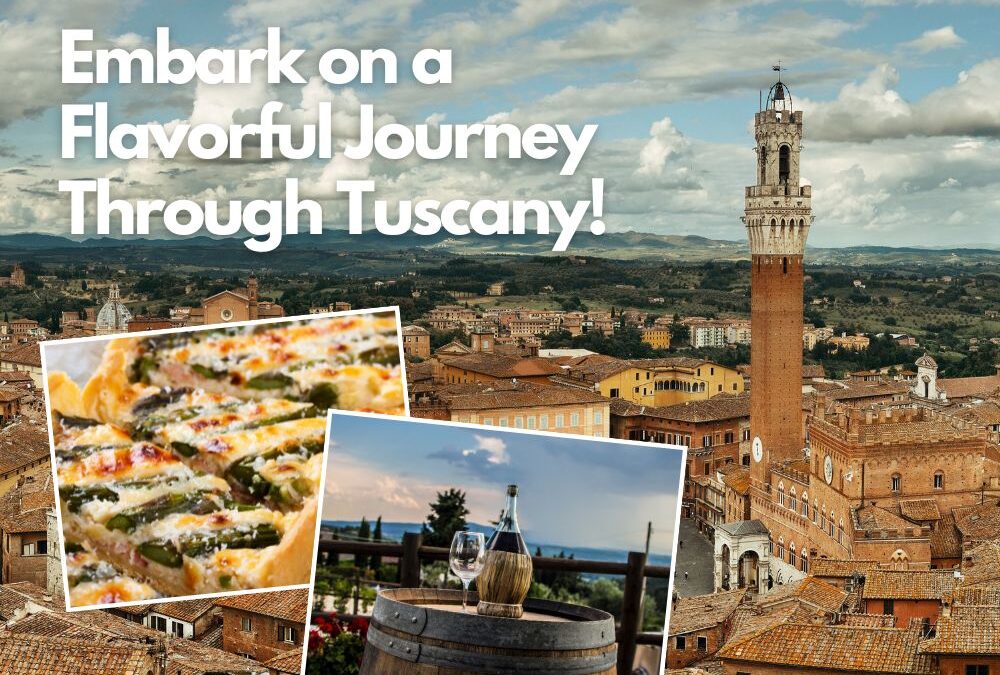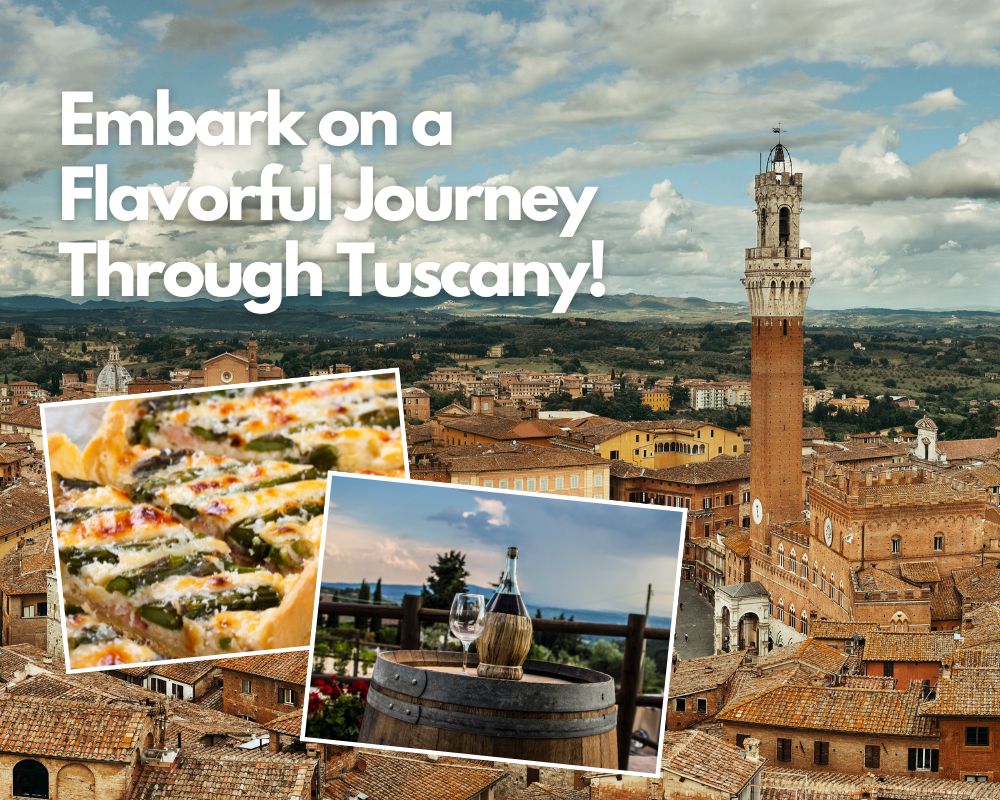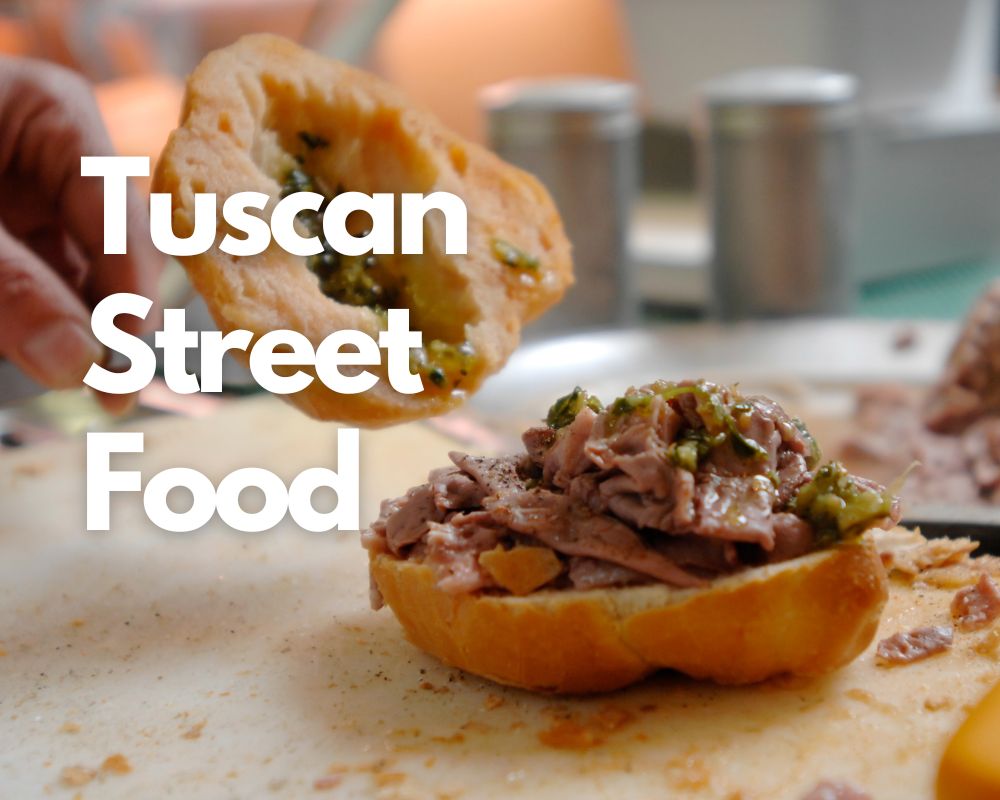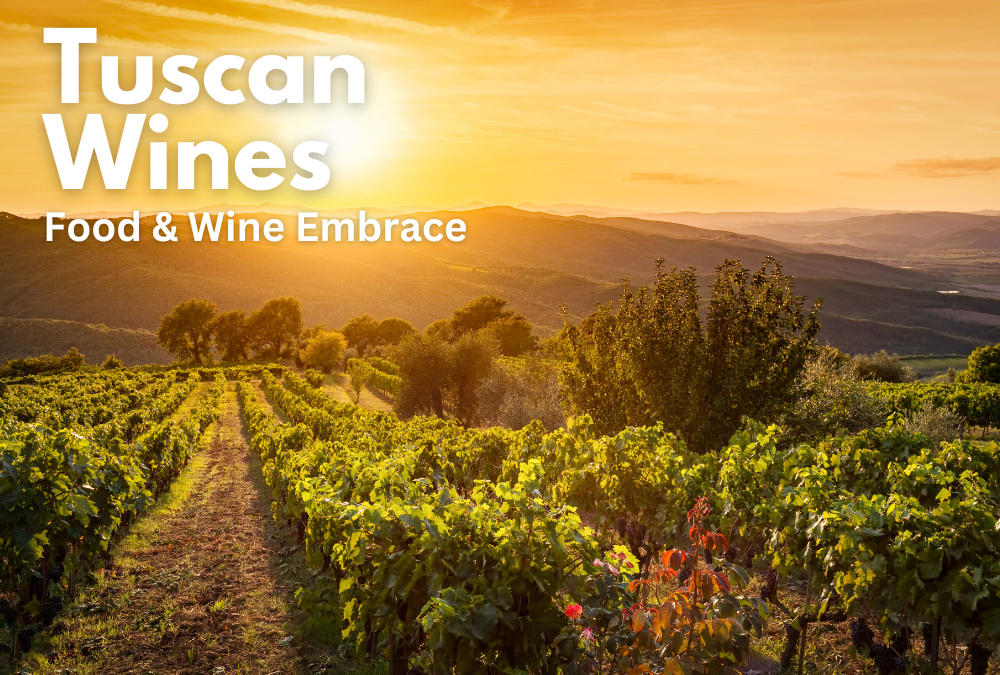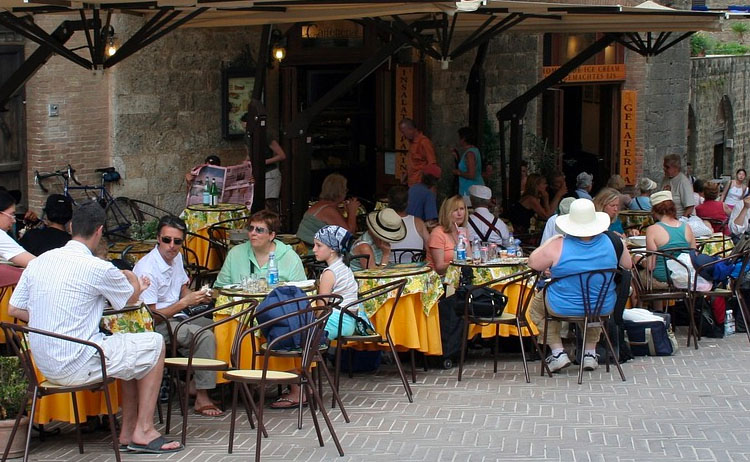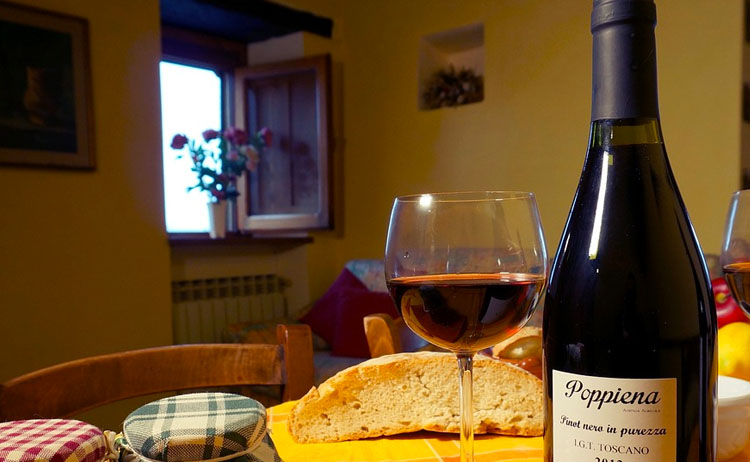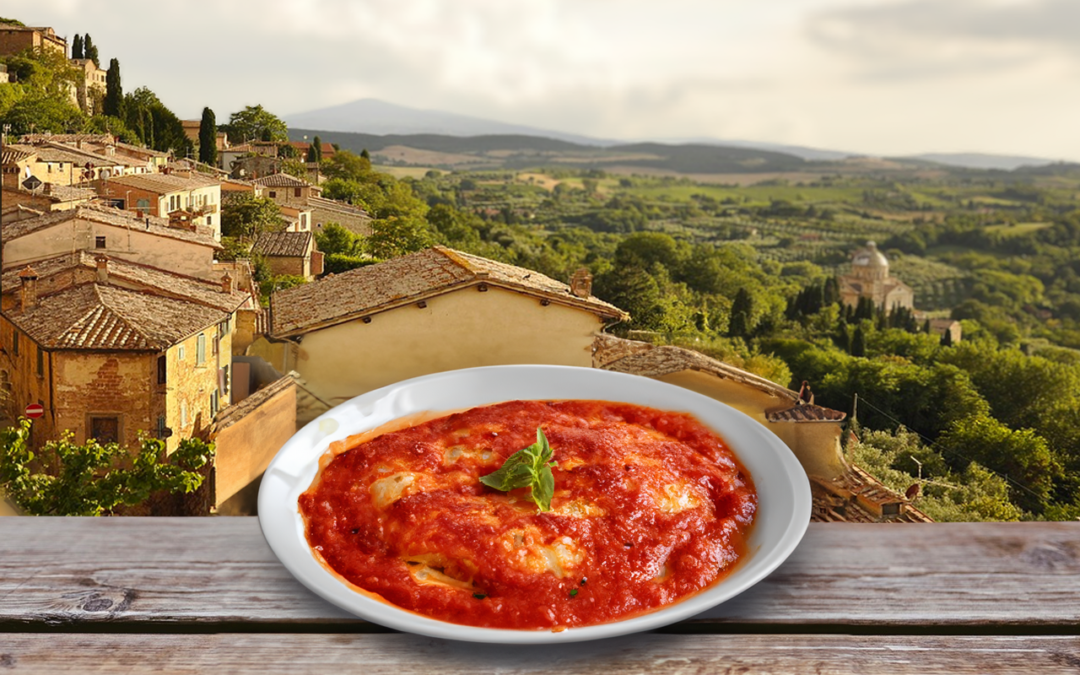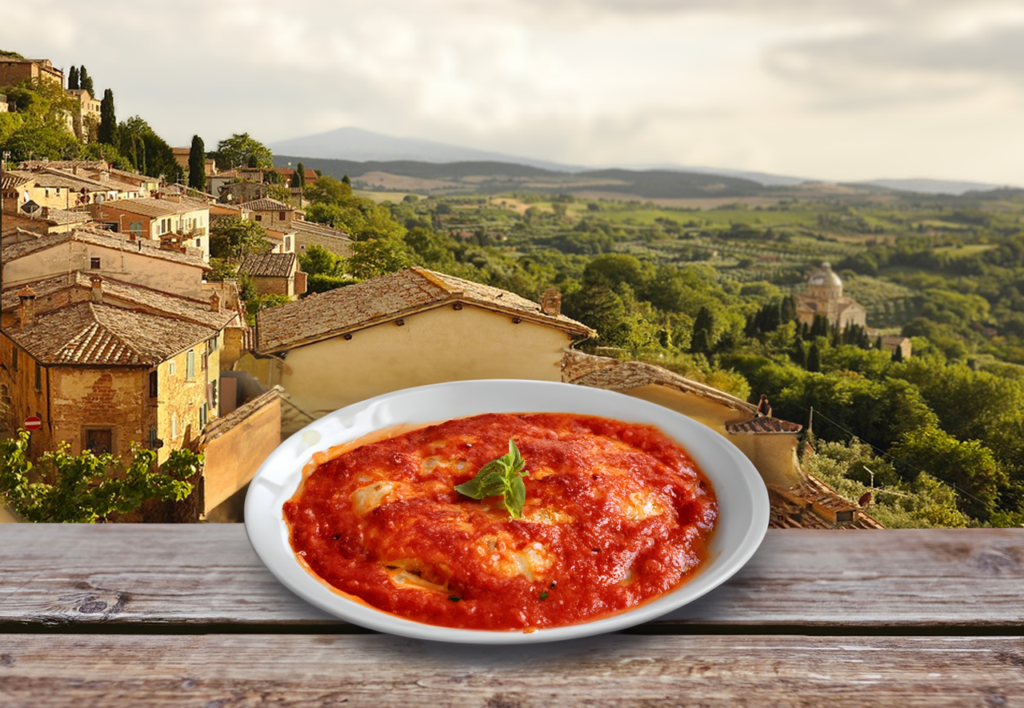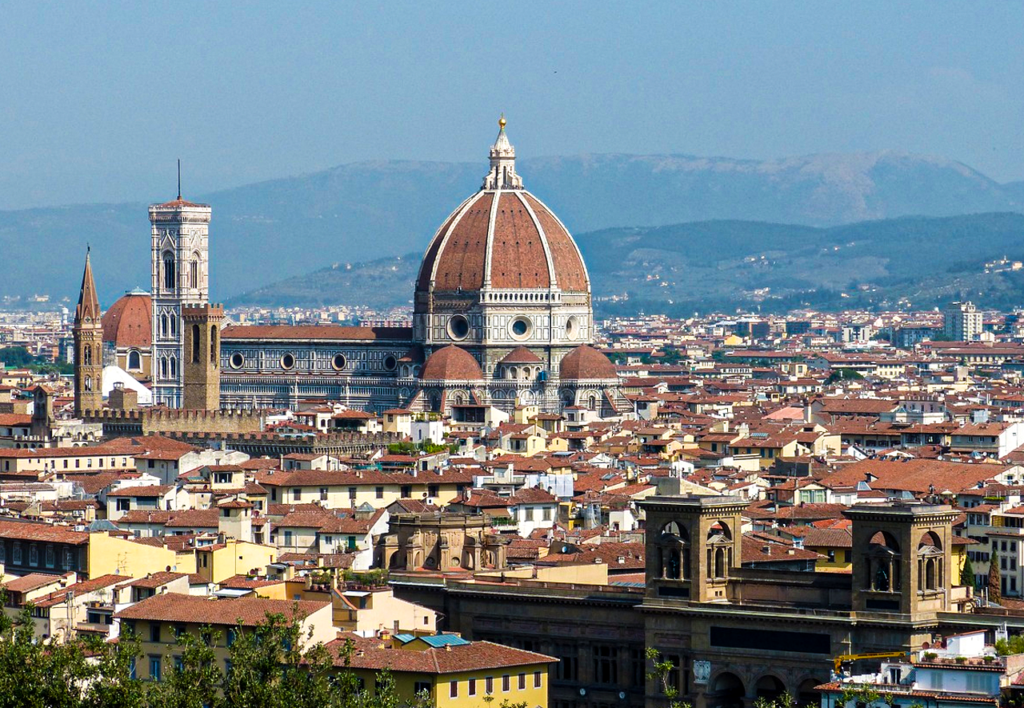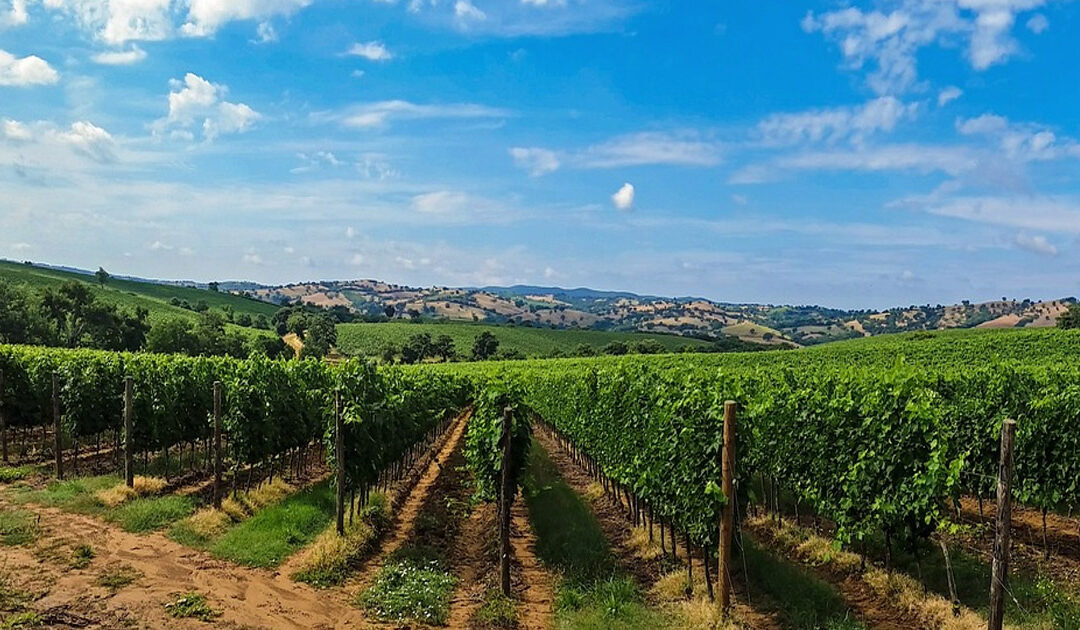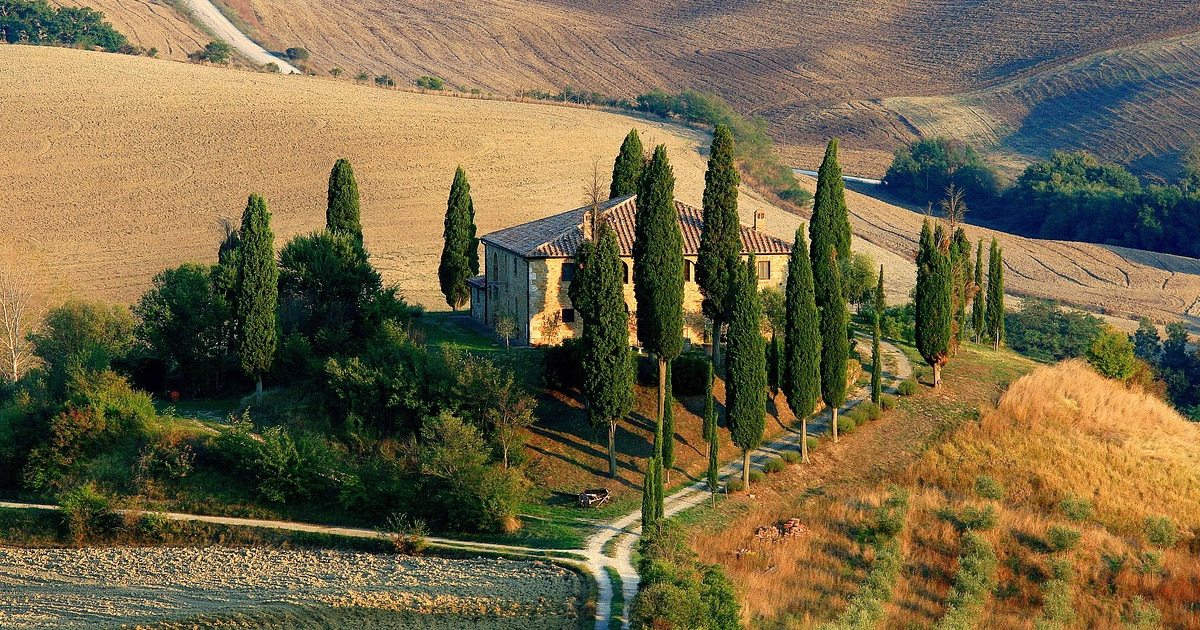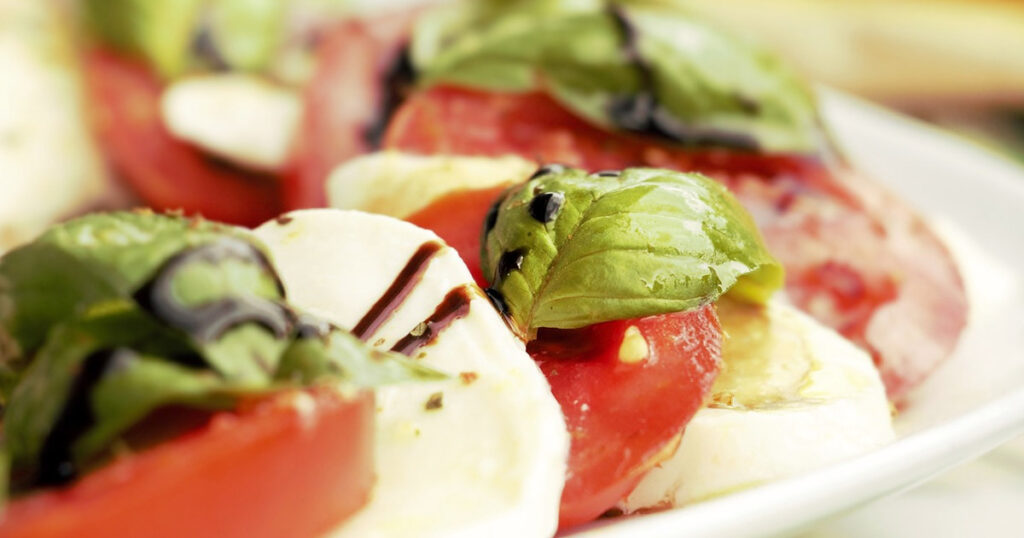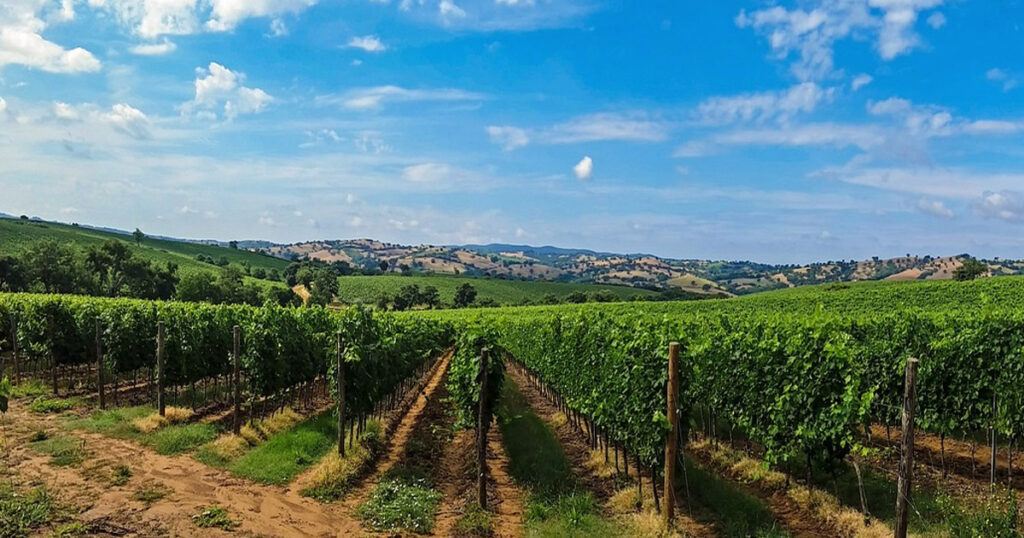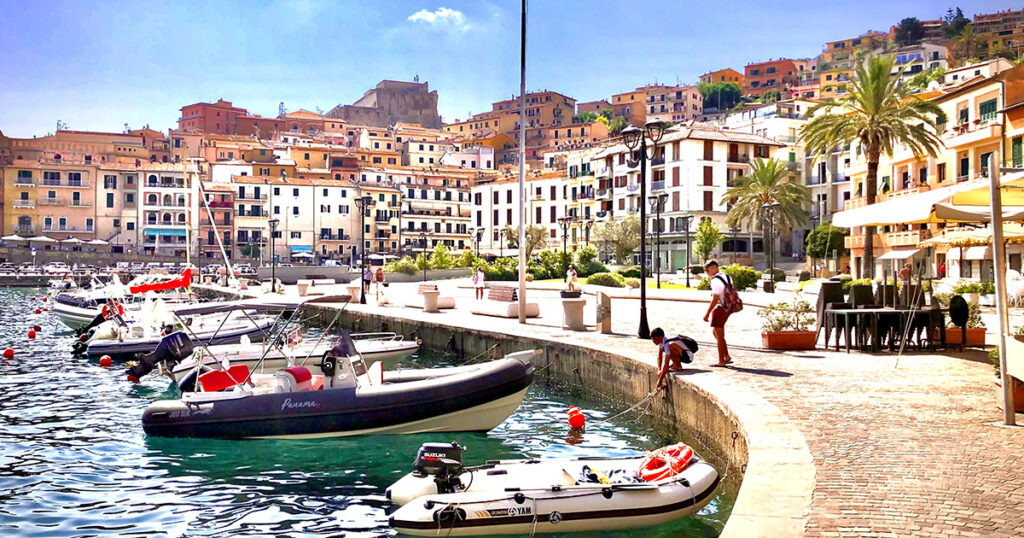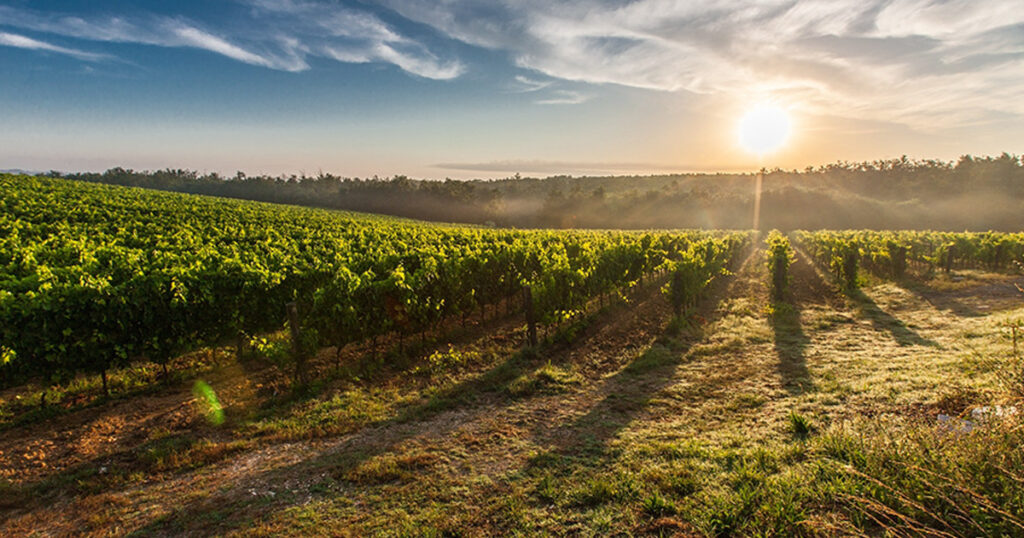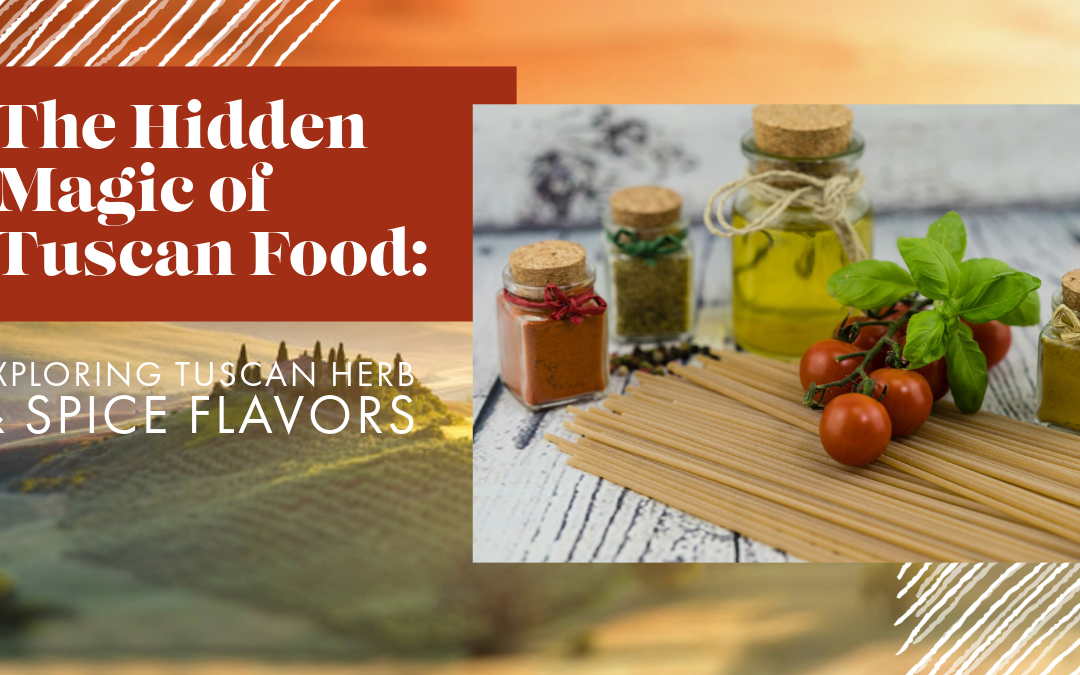
The Hidden Magic of Tuscan Food: Marvelous Flavor with Herbs and Spices
Hello! In today’s post, we’ll be exploring one of our favorite components of Tuscan food – herbs and spices.
These aromatic plants are integral for bringing out the iconic rustic flavors of central Italy. While Tuscan cooking celebrates high-quality produce, meat, and dairy by generally keeping seasoning simple, it is far from bland or one-dimensional. The addition of certain herbs and spices transforms modest ingredients into vibrant, crave-worthy dishes through skilled layering of flavor.
From the brilliant sweet basil against ripe tomatoes to the woodsy notes of rosemary in long-simmered stews, herbs, and spices provide Tuscan food its soul and personality. My goal today is to illuminate how home cooks can use these ingredients to elevate basic components into restaurant-quality Tuscan classics. Let’s begin our aromatic journey.
An Introduction to Popular Tuscan Herbs
The use of fresh, seasonal herbs lays the foundation for Tuscan cuisine’s vibrancy. Grown bountifully in Italy’s hillsides, herbs offer grassy, floral notes and strong perfumes. When harvested at peak freshness, they contribute nuanced qualities impossible to find in dried form. Some Tuscan kitchen staples include:
Basil – King of Italian herbs, lending its peppery sweetness to tomato sauces, salads, pesto
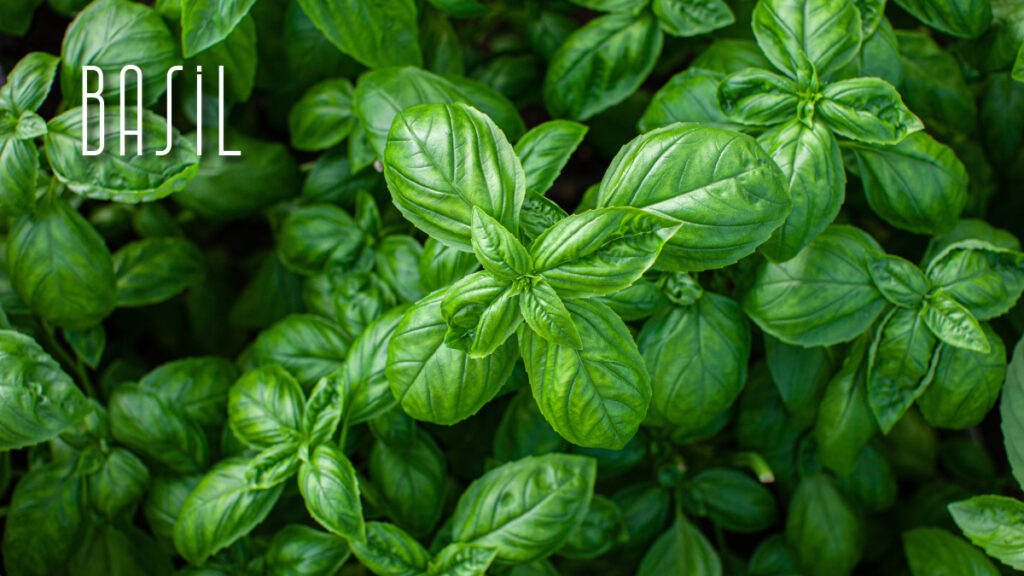
Parsley – Bright, grassy flavor and aroma enhances stocks, sauces, roasted vegetables
Rosemary – Pine-esque needles used liberally on grilled meats, stews, and Tuscan bread
Thyme – Mighty flavor concentration; pairs well with rosemary in long-cooked dishes
Oregano – Quintessential component in pizza, pasta, tomato sauce with earthy vibes
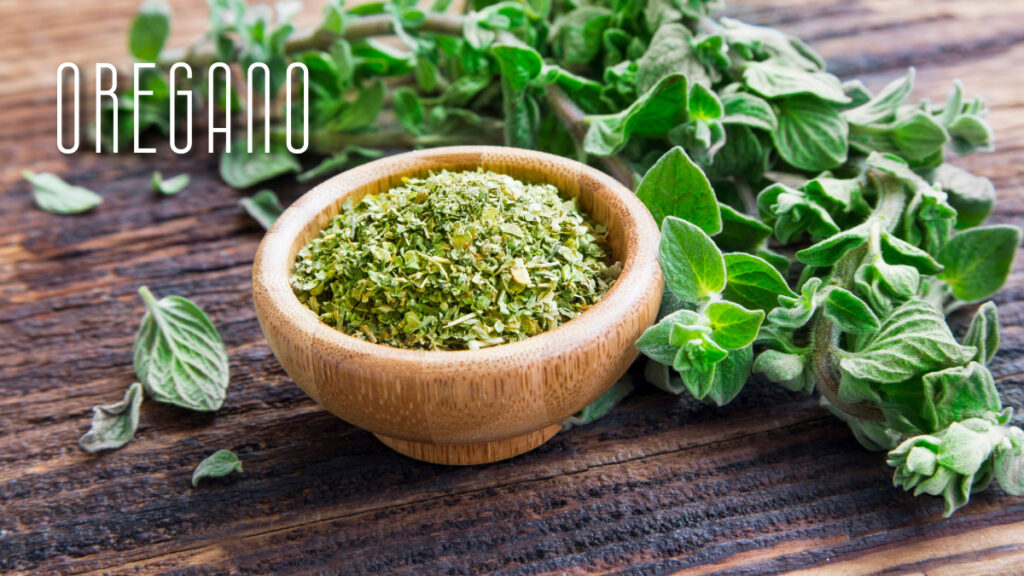
Sage – Soft, velvety gray-green leaves shine in Tuscan bean dishes, pork, and squash-filled pasta
Marjoram/Savory – More subtly floral herbs that amplify vinaigrettes, beans, vegetable sides
Incorporating Spices for Dynamic Tuscan Flavor
While fresh herbs create an aromatic base layer, spices incorporate deeper dimensions of flavor. These dried seeds, barks, and berries build upon the brightness of herbs with well-rounded qualities of sweetness, warmth, and savory depth. When used judiciously, this contrast creates balance and intrigue.
In Tuscan cooking, we tend to source whole, raw spices instead of pre-ground powder to retain ultimate freshness and essential oil potency. Toasting before grinding also unlocks another layer of flavor. Here are some pivotal spices used in the Tuscan kitchen:
Fennel – Licorice-esque seeds to amplify breads, cookies, sausages, and some seafood Black Pepper – The consummate spice integrated into nearly savory Tuscan preparation
Chili Flakes – Vibrant red pepper flakes for moderate heat in pastas, sauces, and meats Cumin – Earthy, bittersweet depth ideal for pork and Tuscan salumi-like sausage Juniper Berries – Not a true berry, but a crisp, piney pairing for game meat and roasts Cinnamon – Gentle sweetness and warmth for baked goods, chocolate and subtle addition to braises
Creative Infusion in Signature Tuscan Recipes
Now that we have covered foundational seasonings, let’s explore examples of how I incorporate herbs and spices into signature Tuscan dishes:
Chicken Tagine with Preserved Lemon + Olives
This unique Tuscan-North African fusion chicken tagine highlights the depth and sweetness of various spices balanced by briny olives and vivacious preserved lemon. The result is a dynamic interplay of flavors in tender fall-off-the-bone chicken and carrots.
Signature Spice Blend: Cinnamon sticks, whole cloves, cumin seeds, coriander seeds
Oregano-Fennel Crusted Rack of Lamb
Exquisite New Zealand lamb encrusted with an aromatic breadcrumb topping flecked with herbs and toasted spices. The dynamic crust plays perfectly against the meat’s richness. Served alongside wilted greens, layered flavors shine through.
Signature Herb/Spice Blend: Fresh oregano, dried wild fennel pollen, toasted fennel seeds
Rosemary-Thyme Infused Purple Potato Gnocchi
Deceptively simple Italian dumplings mixing fluffy, vivid purple potatoes with woodsy Tuscan herbs and wilted greens for a colorful, flavor-packed vegetarian dish. Savory herbs balance the starch’s natural sweetness.
Signature Herb Blend: Fresh rosemary, thyme, sage

The Tuscan table offers endlessly creative ways to implement herbs, spices, and imaginative global flavors. I hope I’ve provided helpful guidance on elevating basic ingredients into exceptional dishes through seasoning. Please don’t hesitate to reach out if you would like to discuss customized private dining experiences focused on Tuscan cuisine during your next visit to Florida’s Gulf Coast. It would be my pleasure to infuse your gathering with authentic regional flavors. Until then, happy cooking!
